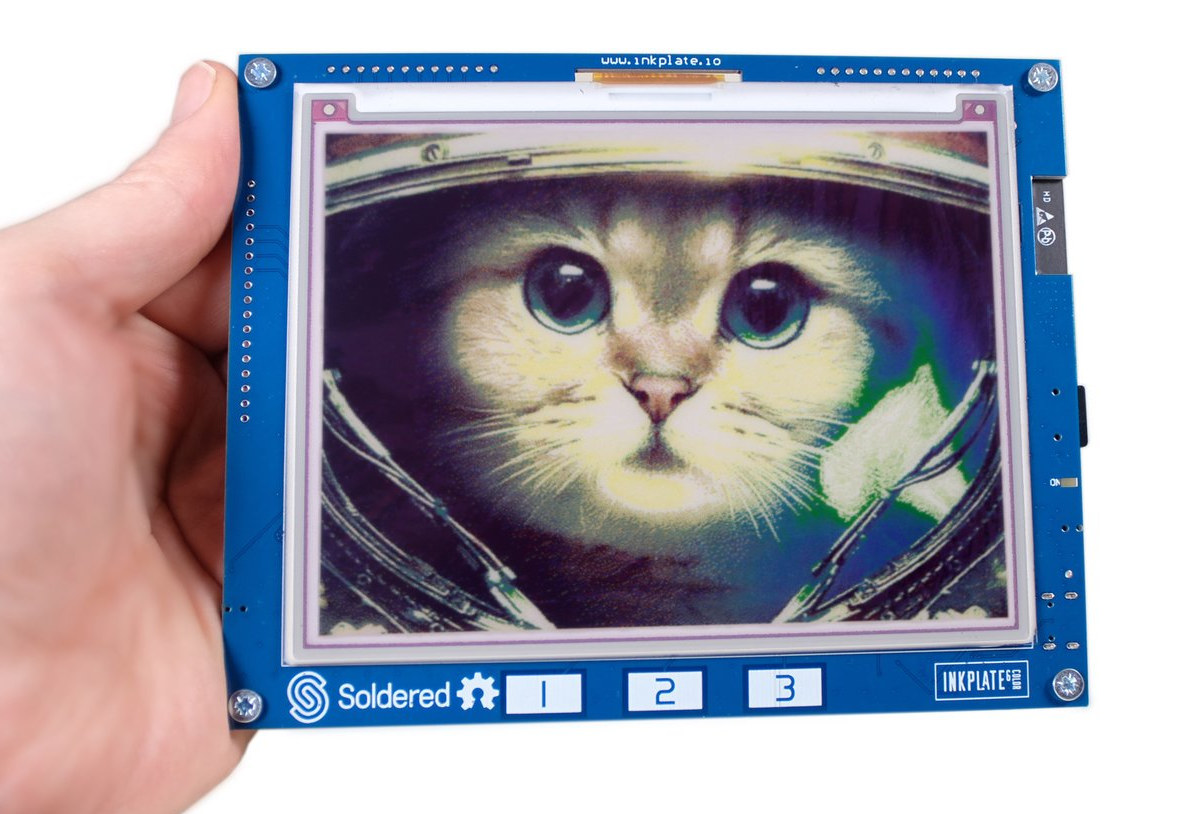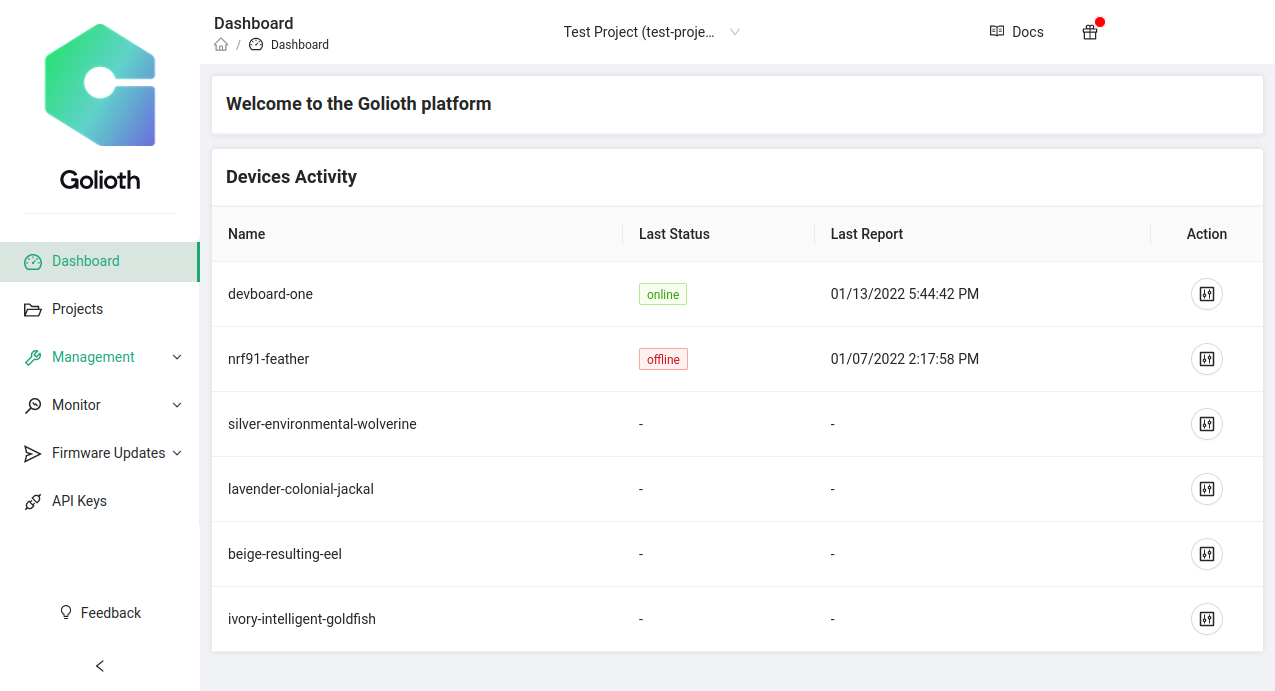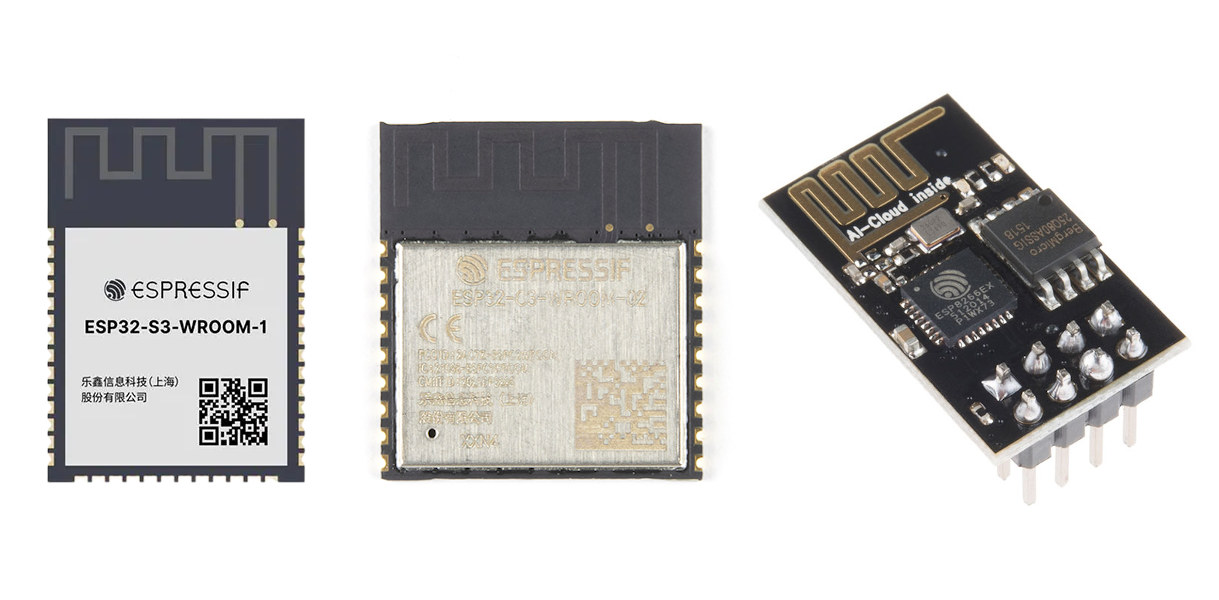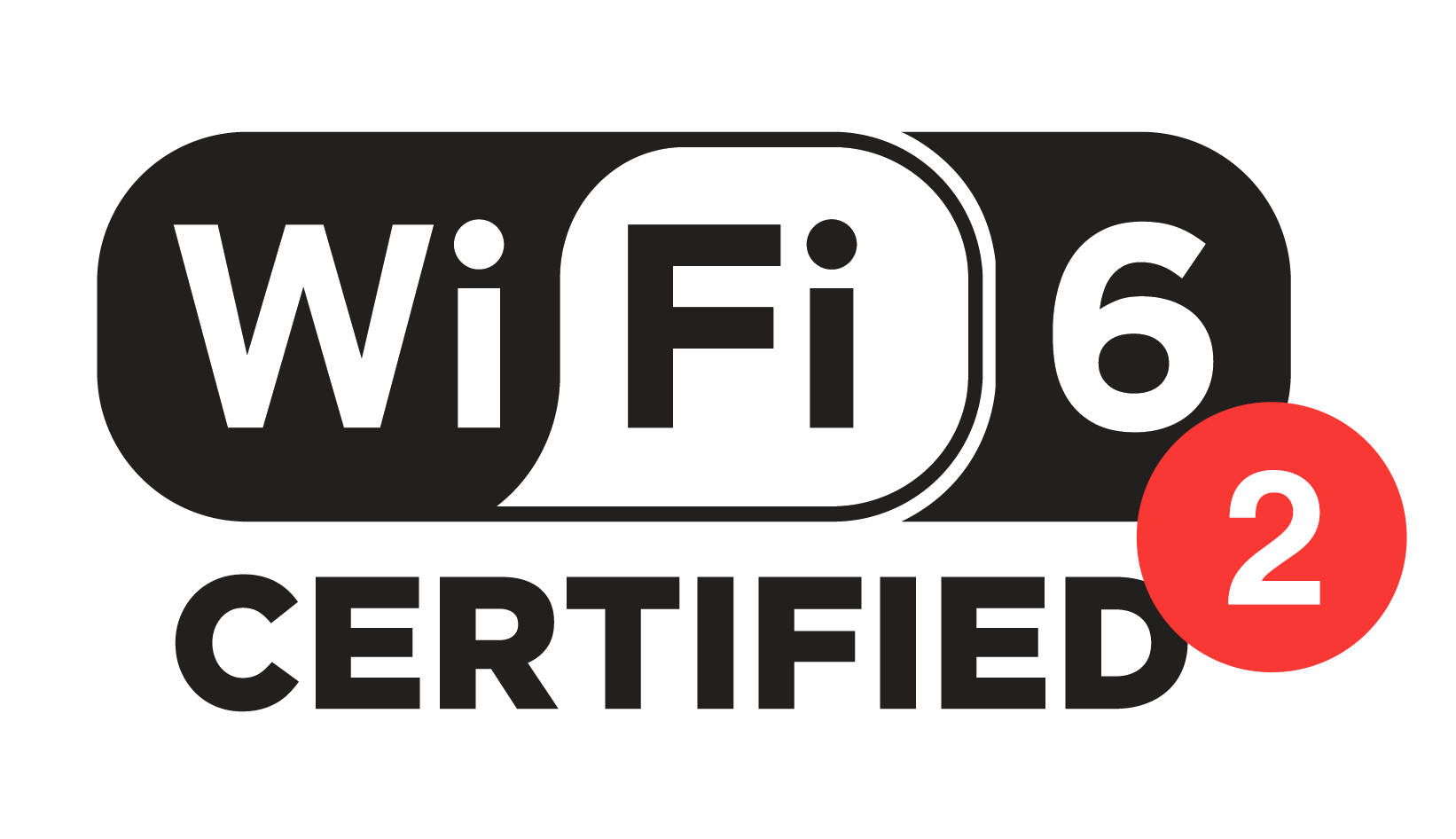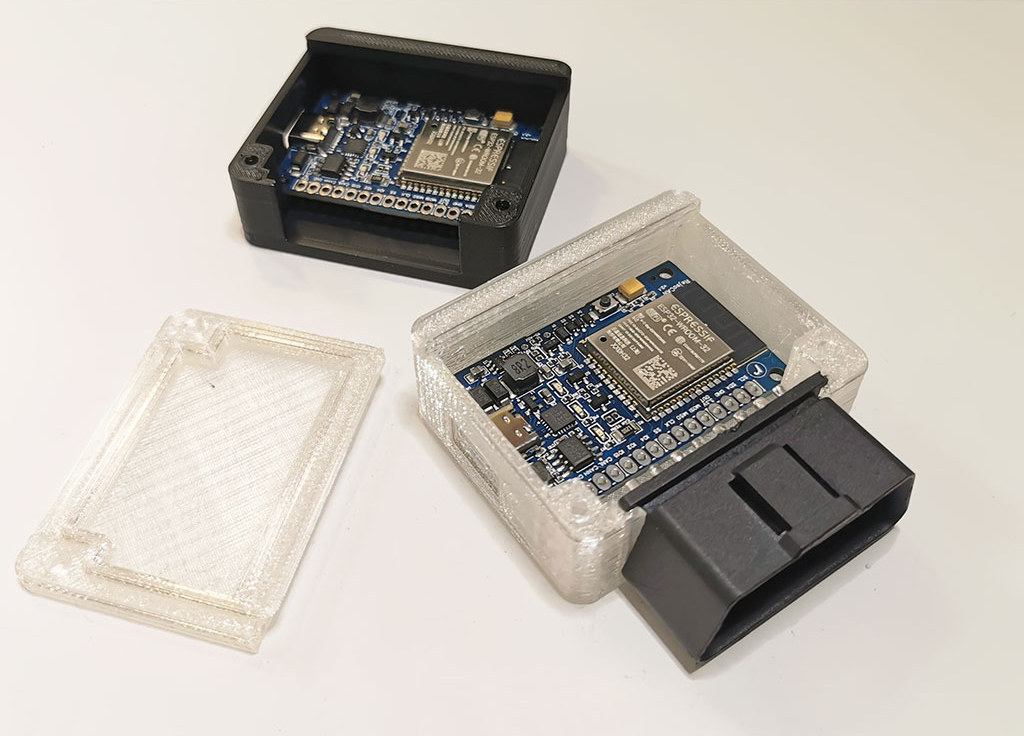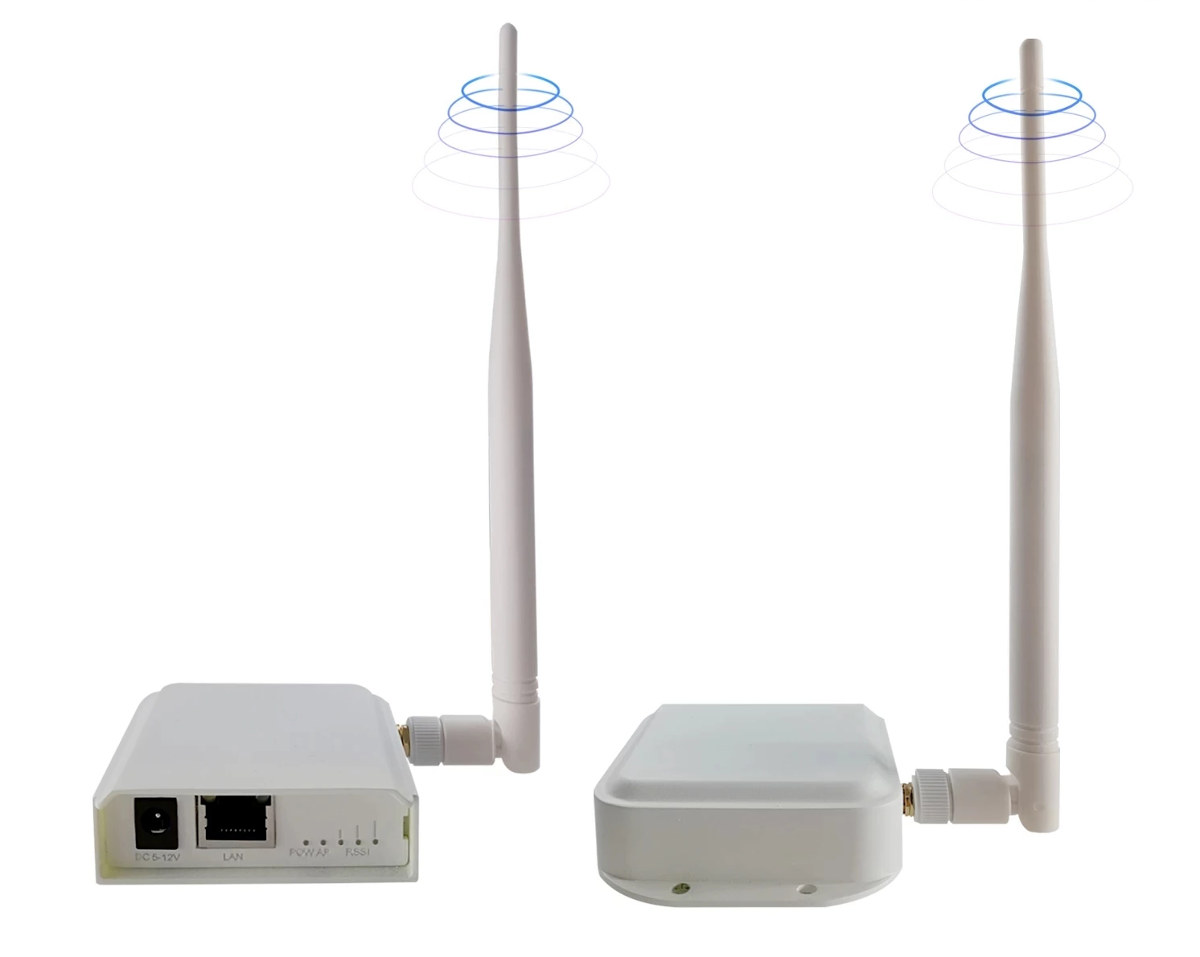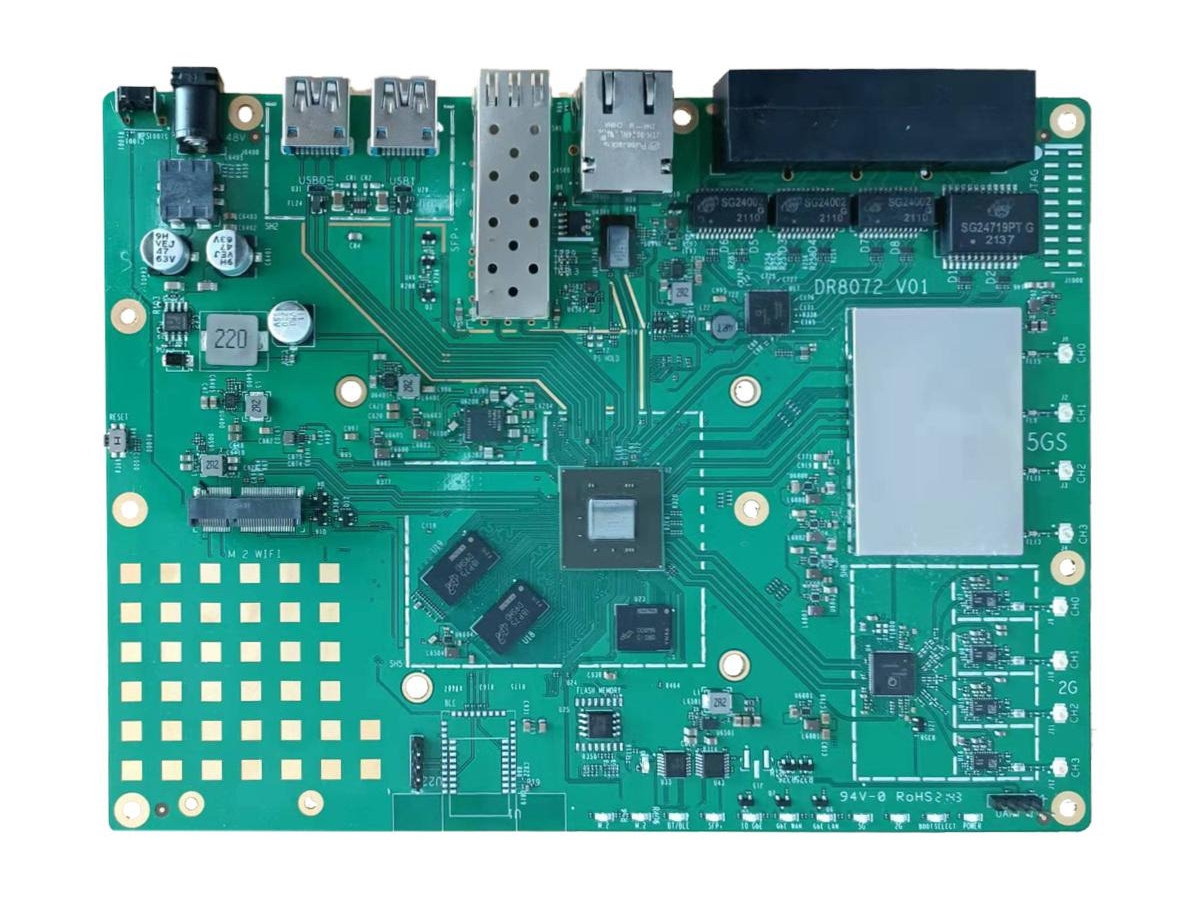Inkplate 6COLOR is a 5.8-inch color e-paper display equipped with ESP32 WiSoC to provide WiFi and Bluetooth LE connectivity, and programmable with the Arduino IDE or MicroPython. We’ve covered Inkplate ESP32-based e-paper displays since Inkplate 6 was launched in 2019, and since then the company introduced a larger model and an upgraded variant with a touchscreen display and higher resolution. But so far, all were grayscale models, and Inkplate 6COLOR is the first to come with color, or more exactly 7 colors. Inkplate 6COLOR specifications: Wireless module with dual-core ESP32 processor, Wi-Fi 4 & Bluetooth 4.0 (BLE) connectivity External storage – MicroSD card socket Display – 5.8-inch, 600 x 448 e-paper display with 7 colors (Black, White, Red, Yellow, Blue, Green, Orange) 128 DPI 25 seconds refresh time (manufacturer); tested by Inkplate: 10 to 11 seconds USB – 1x USB Type-C port for programming and power Expansion – Headers for […]
Golioth IoT development platform offers Zephyr SDK, support for nRF9160, ESP32, and over 100 other platforms
There are already plenty of IoT development platforms, but here’s another one with Golioth that relies on a Zephyr SDK, “first-tier” support for Nordic Semiconductor nRF9160 (cellular) and Espressif Systems ESP32-C3 (WiFi), as well as a QEMU-based simulator for easy testing. The use of an open-source Zephyr SDK even enables them to support over 100+ hardware components, and the company, also called Golioth, says their platform scales from one device for evaluation to one million devices during deployment, thanks notably to a free Dev Tier account to get started at no cost. Some of the other highlights of Golioth include: “Secure by Default” communication over efficient protocols like CoAP and soon MQTT Access to Device Services like Software updates that include secure boot and firmware management Real-time NoSQL database (LightDB) that can be useful for creating Digital Twins and synchronization Time-series database (LightDB Stream) for storing and querying sensor data […]
FOSDEM 2022 schedule with embedded Linux, IoT, automotive… sessions
While typically taking place in Brussels, Belgium, FOSDEM 2022 will take place online just like FOSDEM 2021 due to COVID-19 restrictions. The good news is that it means anybody can attend it live from anywhere in the world, and makes it more like “FOSDIM”, replacing European with International, in “Free and Open Source Developers’ European Meeting”. FOSDEM 2022 will take place on February 5-6 with 637 speakers, 718 events, and 103 tracks. I’ve made my own little virtual schedule below mostly with sessions from the Embedded, Mobile and Automotive devroom, but also other devrooms including “Computer Aided Modeling and Design”, “FOSS on Mobile Devices”, “Libre-Open VLSI and FPGA”, and others. Saturday, February 5, 2022 12:30 – 13:00 – Five mysteries in Embedded Linux by Josef Holzmayr Once you start out in embedded Linux, there is a lot to do. Some things are obvious, some less so. First and foremost, […]
A comparison of ESP32-S3, ESP32-C3 and ESP8266 modules
The ESP32-S3 chip is equipped with an Xtensa 32-bit LX7 dual-core processor clocked at up to 240 MHz, supports 2.4 GHz Wi-Fi and Bluetooth 5 LE, and boasts AI instructions, as well as a reliable security encryption engine, specially built for the AIoT market. Modules based on the ESP32-S3 processor bring many benefits to designers with support for Bluetooth Long Range mode, plenty of resources with 512 KB SRAM (TCM), 45 programmable GPIO pins, and rich communication interfaces. They can also handle high-speed Octal SPI flash with higher capacities, as well as off-chip PSRAM. So, what are the differences between the new ESP32-S3 modules, and typical ESP32-C3 and ESP8266 modules? Let’s find out. Jean-Luc Aufranc (CNXSoft)Jean-Luc started CNX Software in 2010 as a part-time endeavor, before quitting his job as a software engineering manager, and starting to write daily news, and reviews full time later in 2011. www.cnx-software.com
Wi-Fi 6 Release 2 adds support for uplink multi-user MIMO, improves power management
The Wi-Fi Alliance has just announced Wi-Fi 6 CERTIFIED Release 2 with new features that support increasing device and traffic density, and improve power management with Wi-Fi devices and applications. There are two main changes to the standard: Support for uplink multi-user multiple input, multiple output (multi-user MIMO) which will help with video conferencing, faster uploads, more reliable gaming, and IoT use cases. Power management features that will mostly provide benefit smart home, smart city, and Industrial IoT (IIoT) environments Broadcast target wake time (TWT) Extended sleep time Dynamic multi-user spatial multiplexing power save (SMPS) That means there are now three Wi-Fi 6 standards with the original WiFi 6, WiFi 6E, and the new WiFi 6 Release 2. The good news is that the new Release appears to be backward compatible with both WiFI 6 and WiFi 6E and several companies provided quotes for the press release saying how grateful […]
ESP32 CAN board fits into OBD-II dongle, supports auto shutdown
RejsaCAN-ESP32 is a small board based on ESP32-WROOM-32 WiFi (and Bluetooth) module with a CAN interface that fits into a 3D printed OBD-II dongle for easy installation into most cars. Magnus Thomé has already published several automotive projects, notably for car racing with a system that checks real-time tire temperature, and he designed RejsaCAN-ESP32 board so that it can be plugged directly into his car with support for 5-15V input voltage, and also includes an auto-shutdown option to prevent battery drain by monitoring the battery voltage in the car. RejsaCAN-ESP32 specifications: Wireless module – ESP32-WROOM-32 module with a dual-core ESP32 processor @ 240 MHz with 2.4 GHz WiFi 4 and Bluetooth 4.2 connectivity, PCB antenna, 32Mbit SPI flash USB – 1x USB-C port for power and programming via CP2104 USB to TTL chip Expansion – 15-pin header with 3x GPIO, SPI, I2C, analog input, PWM or analog output, CAN bus […]
$65 dual Wi-Fi HaLow gateway kit extends network range by hundreds of meters
I’m starting to better understand what Wi-Fi HaLow (aka 802.11ah) is for, after seeing a kit with two WiFI HaLow gateways used to wirelessly extend the range of Ethernet connected nodes on the LAN, including IP cameras, to several hundred meters, far more than your typical WiFi repeater, but at the cost of a lower bitrate. Yesterday, I wrote about Halo TD-XPAH, the first easily procurable 802.11ah WiFi HaLow development board I had seen, since the introduction of the new standard in 2014. But I was told another lower-cost HaLow board had been available for a few months on Alibaba, and while I failed to find it on Aliexpress, I discovered a pack with two WiFi HaLow to Ethernet gateway that could easily help extend the range of WiFi nodes like security cameras and selling for about $65 shipped. STK-AH9066 WiFi HaLow gateway specifications: Wireless 802.11ah Wi-Fi HaLow standard 902-930MHz […]
Qualcomm IPQ8072A networking SBC supports dual 10GbE, WiFi 6
DR8072 V01 is a networking SBC based on Qualcomm IPQ8072A communication processor, with two 10GbE interfaces, one through an SFP cage and the other through an RJ45 connector, plus four Gigabit Ethernet ports, and 4×4 MIMO WiFi 6 connectivity (AX3700). Based on Qualcomm AP.HK09 reference design, the board follows Wallys Communications’ DR8072A embedded router board introduced earlier this year, also based on Qualcomm IPQ8072, but equipped with two 2.5 GbE interfaces and WiFi 6 connectivity. DR8072 V1 specifications: SoC – Qualcomm Atheros IPQ8072A quad-core Arm Cortex-A53 @ 2.2 GHz part of Qualcomm Networking Pro 1200 Platform System Memory – 512MB DDR4 2400MHz 16-bit interface (option up to to 2GB RAM) Storage – 8MB NOR flash, 256MB NAND flash Networking Wireless On-board 4×4 2.4GHz MU-MIMO OFDMA 802.11b/g/n/ax, max 17dBm per chain, up to 1147Mbps On-board 4×4 5GHz MU-MIMO OFDMA 802.11a/n/ac/ax, max 17dBm per chain, up to 2475Mbps Frequencies – 2.412 to […]


